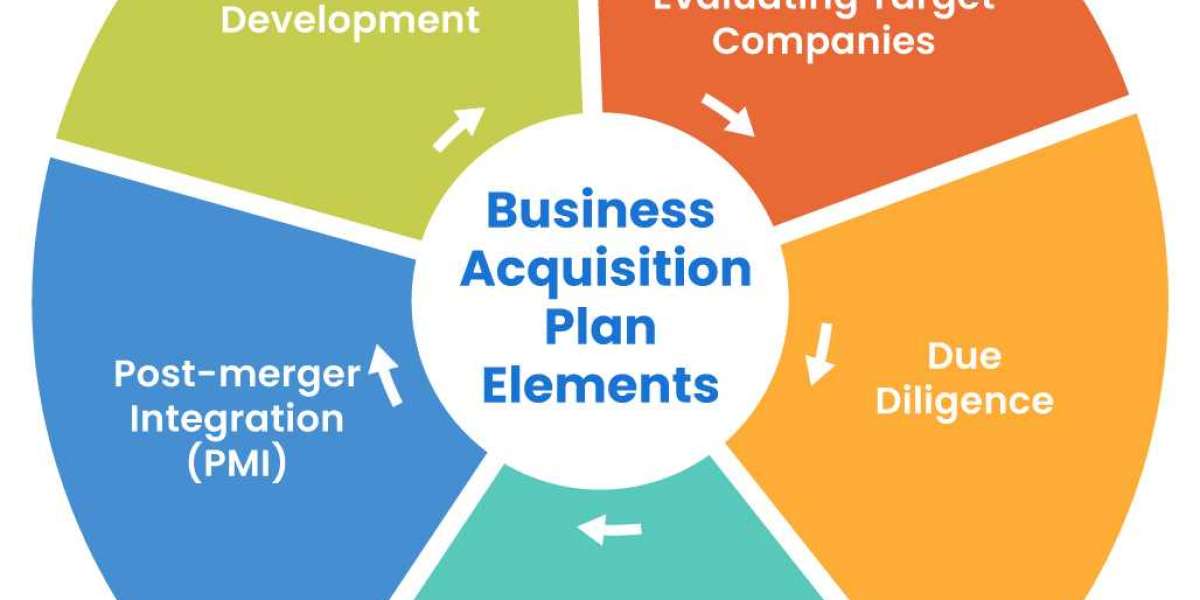An acquisition schedule is a crucial tool for managing the procurement process, ensuring that all milestones are met, and that the project stays on track. Developing a well-structured acquisition schedule helps align resources, meet deadlines, and maintain compliance with government regulations. Below are the key steps in creating an effective acquisition schedule.
1. Define the Acquisition Phases
The first step in creating an acquisition schedule is identifying the major phases of the acquisition process. This typically includes:
- Planning: Initial stages where requirements are defined, market research is conducted, and the acquisition strategy is developed.
- Solicitation: The process of issuing the RFP (Request for Proposal), conducting vendor outreach, and preparing proposals.
- Evaluation: The phase where proposals are reviewed, evaluated, and awarded based on the best value.
- Award and Execution: After contract award, this phase involves project execution, monitoring, and managing the contract.
- Closeout: Finalizing the project, delivering final reports, and closing the contract.
2. Establish Milestones and Deadlines
Each phase of the acquisition process should have specific milestones and deadlines. These include:
- Release of Solicitation: Set a timeline for issuing the solicitation and include time for pre-bid conferences and clarifications.
- Proposal Submission Deadline: Specify a final date for submission of proposals and the review period.
- Evaluation and Award: Outline the time needed to evaluate bids, conduct any negotiations, and finalize the award decision.
- Contract Execution: Provide deadlines for signing the contract and beginning the project work.
- Final Report Submission: Ensure there are deadlines for reporting and finalizing deliverables.
3. Assign Resources and Responsibilities
Assign key team members to each phase and ensure the proper resources are allocated for each milestone. This includes project managers, technical experts, procurement officers, and legal advisors. Clear responsibility assignment prevents bottlenecks and ensures timely completion of tasks.
4. Monitor and Adjust the Schedule
Regularly monitor the schedule to ensure that deadlines are met and adjust as necessary. Delays in one phase may impact subsequent activities, so it’s crucial to keep a close watch on progress. Implement risk mitigation strategies if obstacles arise.
Conclusion
A well-crafted Develop acquisition schedule ensures that the procurement process is organized, efficient, and compliant. By defining key phases, establishing milestones, assigning resources, and monitoring progress, organizations can ensure that they meet deadlines and achieve a successful acquisition outcome.











